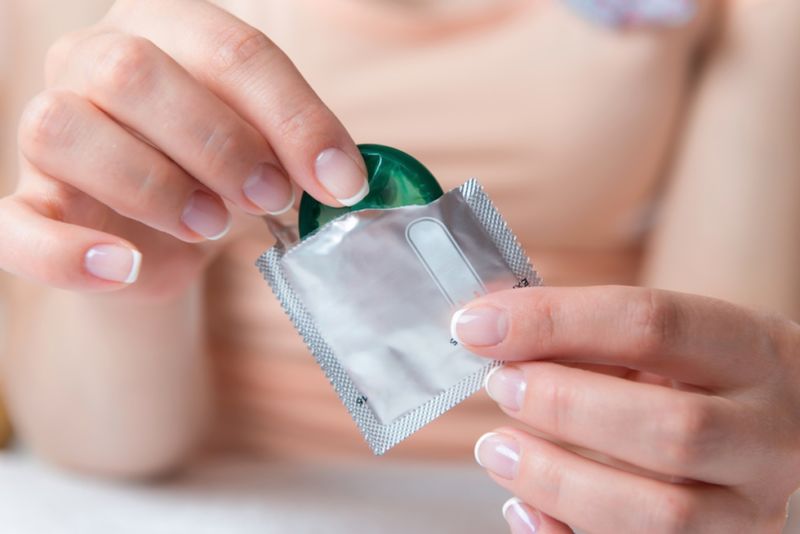TECH

New anti-gonorrhea drug called “metal as f–k”
In the battle against gonorrhea, antibiotics have been forced into a rapid and devastating retreat. In the early 1990s, three different antibiotics were available as treatments recommended by the CDC. Resistance to one of these options was detected in the late ‘90s; since then, one after another, treatment options bit the dust. Now, resistance to all available treatment is growing.
“We are facing the real danger of multidrug-resistant, nearly untreatable gonorrhea,” wrote Susan Blank and Demetre C. Daskalakis in the New England Journal of Medicine last week. On its own, this is a very serious public health concern; taken together with the sharp uptick in the number of reported cases of gonorrhea in the US, it’s alarming.
A second paper published last week offers some hope: in a small trial, a new antibiotic did well against gonorrhea. The drug, called zoliflodacin, has a different way of attacking bacteria, making it a useful new option against antibiotic-resistant gonorrhea. A much larger clinical trial is now in the cards.
Tangled bacterial DNA
Currently, the CDC recommends that gonorrhea be treated using two antibiotics at the same time: ceftriaxone, which is injected, and azithromycin, which is taken as a pill. But azithromycin is losing its effectiveness, and even the combination has been known to fail.
The need for a new option is urgent, and in 2015, we got the first inkling that one might emerge: a molecule that has a new mechanism for killing bacteria. It works by interfering with an enzyme called topoisomerase, which plays a crucial role in keeping a cell's DNA from getting all twisted up like an old-fashioned curly phone cord. When things start getting too tightly wound, topoisomerase cuts the DNA strand, unwinds it, and reattaches it with a bit more slack. Topoisomerase inhibitors bind to the topoisomerase and stop it from doing its job, causing the bacteria to essentially shred its own genome; one source we talked to called this “metal as f*#$.”
That in itself isn’t new—the same tactic has been used by other antibiotics, including ciprofloxacin, one of the drugs that’s no longer recommended for treating gonorrhea. But while gonorrhea has been evolving ways to stop ciprofloxacin from getting in the way of topoisomerase, those strategies don’t work on the new drug.
Safe and effective
Finding a new and seemingly safe topoisomerase inhibitor left the path clear for Phase 2 clinical trials: a test of whether zoliflodacin worked safely in 141 patients with gonorrhea. Researchers compared it to injectable ceftriaxone and found promising results, with side effects mainly limited to mild gastrointestinal issues. The researchers were obliged to report one serious adverse effect, a “nonfatal gunshot wound considered by the investigators to be unrelated to zoliflodacin.” (This neatly summarizes why it’s appropriate to be cautious in attributing anything bad that happens after medical treatment to the treatment itself.)
The effectiveness wasn’t universal, though. Gonorrhea isn’t limited to genital infections; it can be as adventurous as the sex that transmitted it. While zoliflodacin was pretty successful at taking care of genital and rectal infections, it was less effective at clearing throat infections, possibly because of “poor drug penetration into pharyngeal tissue,” the authors write. In general, gonorrhea infections in the throat seem harder to treat, so this wasn’t much of a surprise.
“Though the study was small, the efficacy shown is encouraging,” wrote Drs. Blank and Daskalakis. “Zoliflodacin has the potential to be an effective antibiotic for treating gonorrhea.” This doesn’t mean the drug is ready to roll, but it does mean that it’s ready for larger trials.
Given the risks of untreated gonorrhea infections—including increased risk of HIV transmission, testicular pain, damage to the fallopian tubes, ectopic pregnancies, abdominal pain, and infertility—a new treatment would be welcome news. But it’s not the last word, since antibiotic resistance is an ongoing battle. Diagnostic tests available at the point of care would go a long way in helping doctors pick the appropriate treatments, but the good old-fashioned condom has an important role to play in stopping the horror, too.
Cathleen O'grady

No comments:
Post a Comment